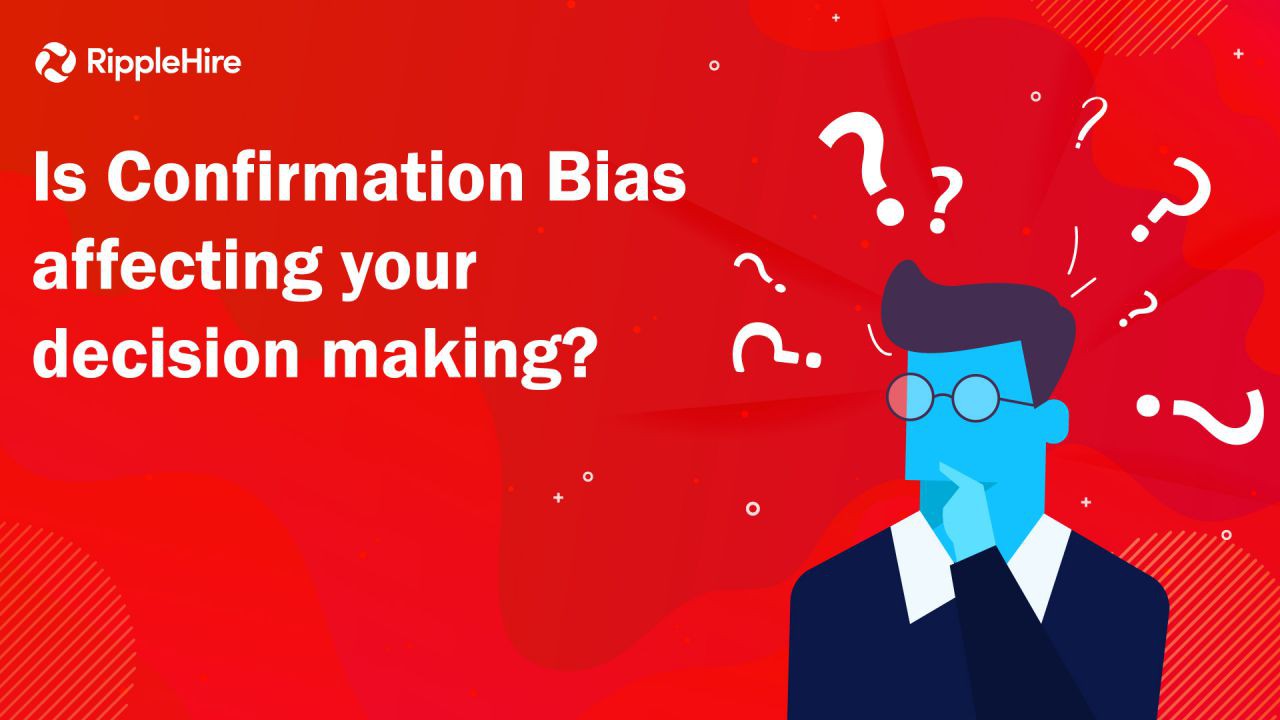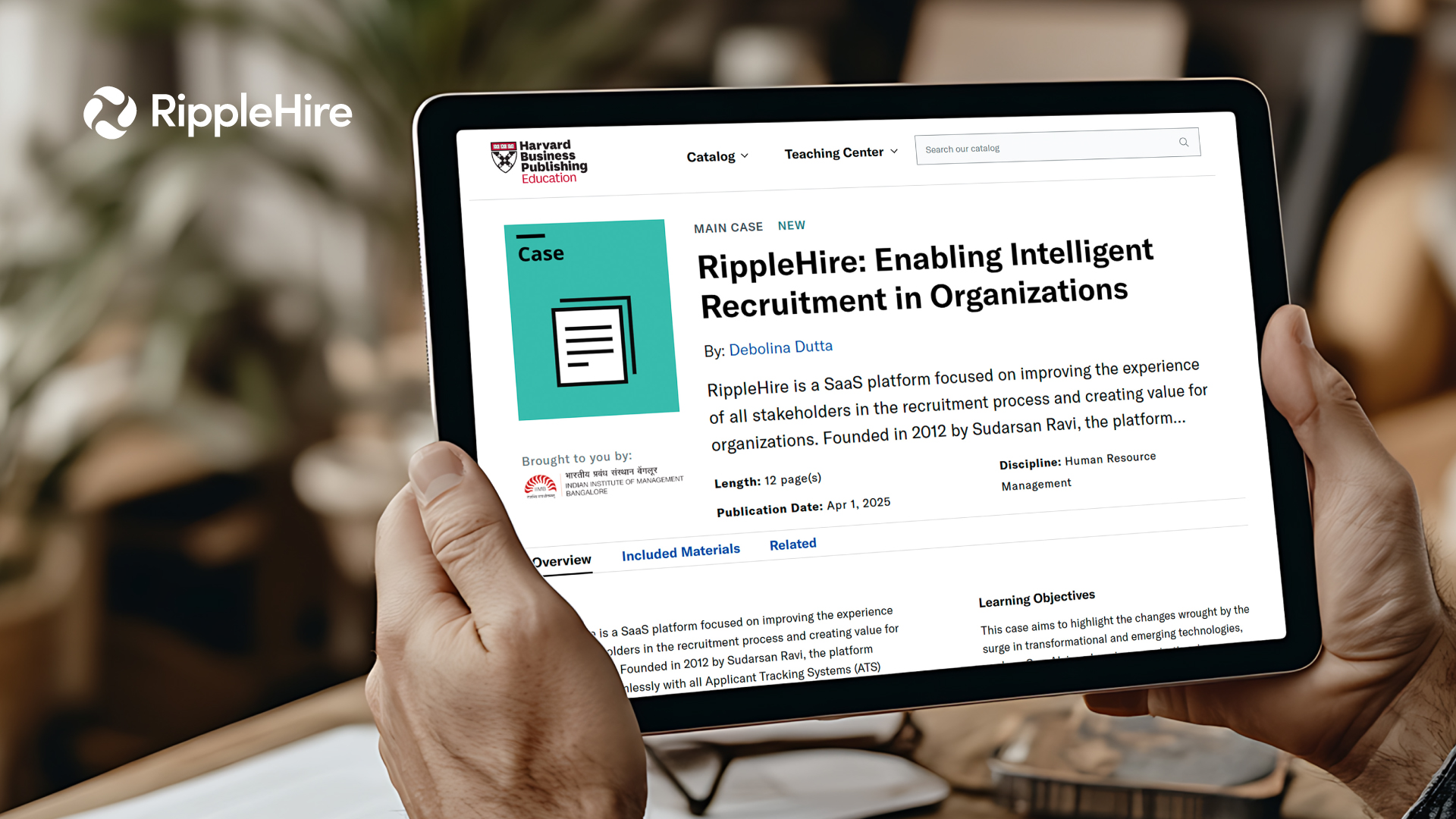Confirmation Bias in Referrals: Why Your Beliefs May Be Costing You Top Talent
When was the last time you changed a belief? When was the last time that belief was questioned? When was the last time someone challenged it with data?
If you’re in HR or a business leader, these aren’t philosophical questions. They’re operational ones. And the cost of not asking them might just be the reason your referral program isn’t working.
Let’s talk about confirmation bias, and how it silently sabotages your hiring strategy.
What is Confirmation Bias?
Confirmation bias is the tendency to search for, interpret, and recall information in a way that confirms our pre-existing beliefs. Everyone has it. Leaders. Recruiters. Even your most analytical team member.
It’s not a personal flaw. It’s human psychology. But if left unchecked, it can damage one of your strongest hiring levers: your employee referral program.
A Familiar (and Flawed) Belief: “Money Drives Referrals”
A commonly held belief in leadership circles is this: “If referrals aren’t increasing, we probably need to raise the reward.”
Sounds logical, right? But here’s the problem—cash rewards rank third in what motivates employees to refer. The #1 motivator? Wanting to help a friend.
And yet, we see companies:
- Benchmark referral bonuses against competitors
- Rework incentive slabs repeatedly
- Send emails like “Earn 25,000 by referring your friend!”
What they don’t do is ask: Are we helping employees help their friends?
If your belief is that money is the critical lever, you’ll go looking for data to support that belief. If your belief is that employees should refer regardless of the reward, you’ll ignore any signs that indicate otherwise.
That’s confirmation bias in action.
How It Plays Out in Recruitment
Let’s say a recruiter is tasked with filling a niche tech role.
The hiring manager insists: “We’ll close this faster if we use referrals.”
The recruiter believes: “This kind of role is better handled by vendors.”
Now, here’s where it gets tricky. The recruiter processes only a few of the referred profiles, ignores others, and ends up validating their belief—”See? Referrals don’t work for this role.”
The truth? The recruiter may never have given referrals a fair chance. Confirmation bias shaped the outcome.
The cost? A longer TAT, higher cost per hire, and lost opportunity to engage top talent already interested in your brand.
Related: 8 reasons why employee referrals are the best way to hire
Bias Isn’t the Problem. Letting It Run Unchecked Is.
Here’s what we’ve learned working with some of India’s most complex hiring organizations:
- Referral TAT is 7 days faster when the channel is nurtured without bias
- Top-performing teams align upfront—they define roles, sources, and scenarios together
- Disagreements lead to better design when rooted in shared metrics, not assumptions
How to Combat Confirmation Bias in Referrals
If you want to build a strong referral program that works across levels and roles, start with these:
- Get stakeholder alignment early
- Involve hiring managers, TA teams, and HR ops in defining what a good referral looks like.
- Use data, not instinct
- Instead of saying “referrals don’t work for tech hiring,” look at closure rates, TAT, and offer-drop ratios per channel.
- Create space for dissent
- Encourage your team to disagree. Ask for evidence that challenges your viewpoint. If all your data supports your belief, you’re probably missing something.
- Audit periodically
- Review closed roles and check if there was a confirmation bias at play—did we explore all channels equally? Were certain profiles ignored?
Final Thought
It’s easy to let beliefs run the show. But your referral program is too important to run on autopilot.
The next time someone says, “referrals don’t work for this role,” pause. Ask: Are we saying this because of past experience—or because we haven’t looked deeper?
And if you’re ready to reduce TAT, lower cost per hire, and get quality candidates who stick—maybe it’s time to redesign your referral engine.
RippleHire helps enterprises build high-performance referral programs rooted in transparency, speed, and structure.
Book a demo to see how.
FAQs:
1. What is confirmation bias in hiring?
Confirmation bias in hiring refers to the tendency of recruiters or managers to seek out or interpret information in ways that validate their pre-existing assumptions about candidates, sourcing channels, or processes.
2. How does confirmation bias affect referral programs?
It can lead leaders or recruiters to ignore data that contradicts their beliefs, such as the idea that money is the main referral driver, or that referrals don’t work for niche roles, resulting in underutilized channels.
3. Can confirmation bias increase hiring costs?
Yes. When referrals are dismissed without objective analysis, organizations rely on expensive channels like vendors, increasing cost per hire.
4. How can I reduce confirmation bias in my recruitment team?
Encourage data-driven decision making, facilitate diverse viewpoints in hiring discussions, and build awareness of how bias shows up in everyday decisions.
5. Why is alignment important in reducing hiring bias?
When recruiters, hiring managers, and HR align on goals, definitions, and expectations, there’s less room for unchecked assumptions to derail hiring outcomes.






